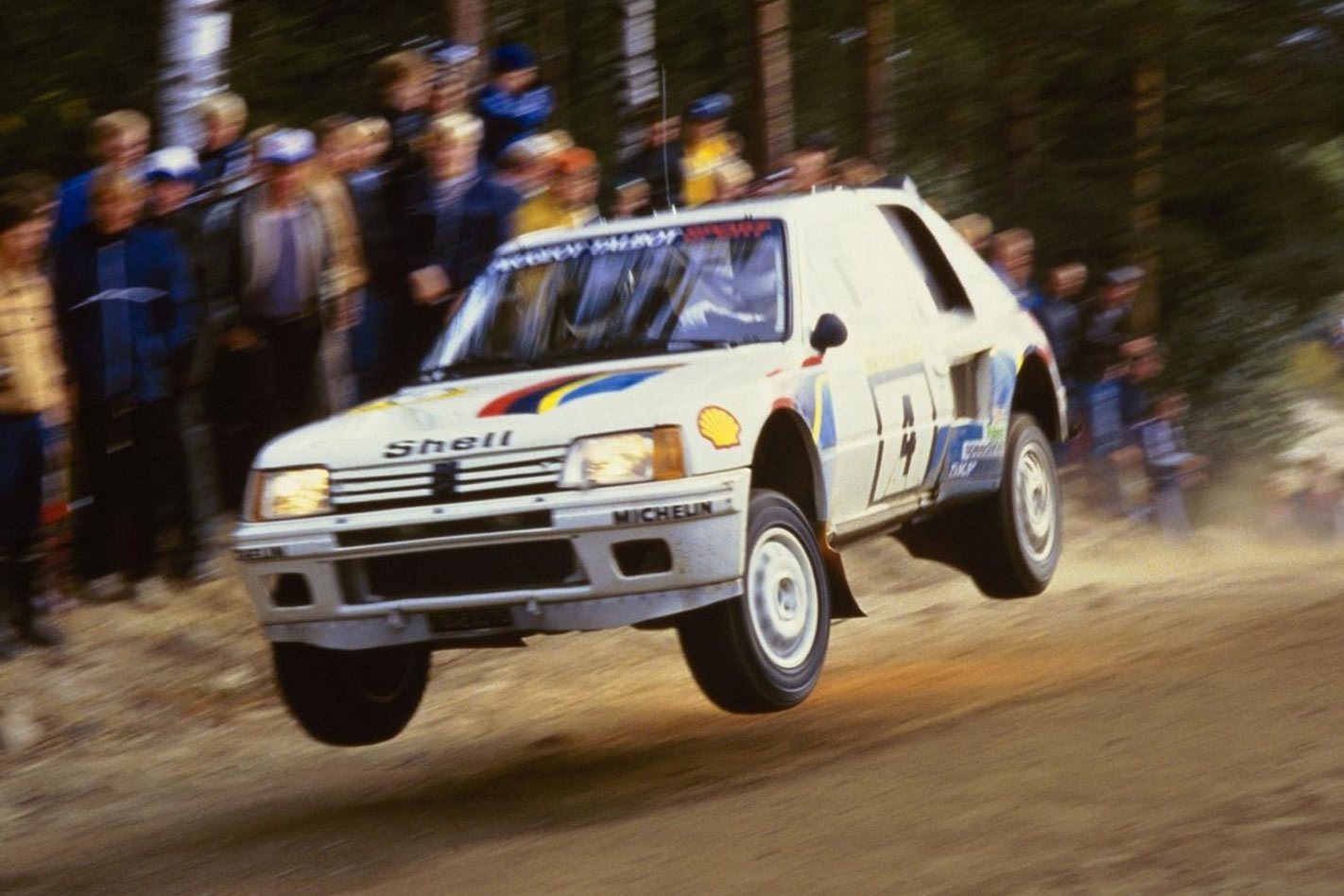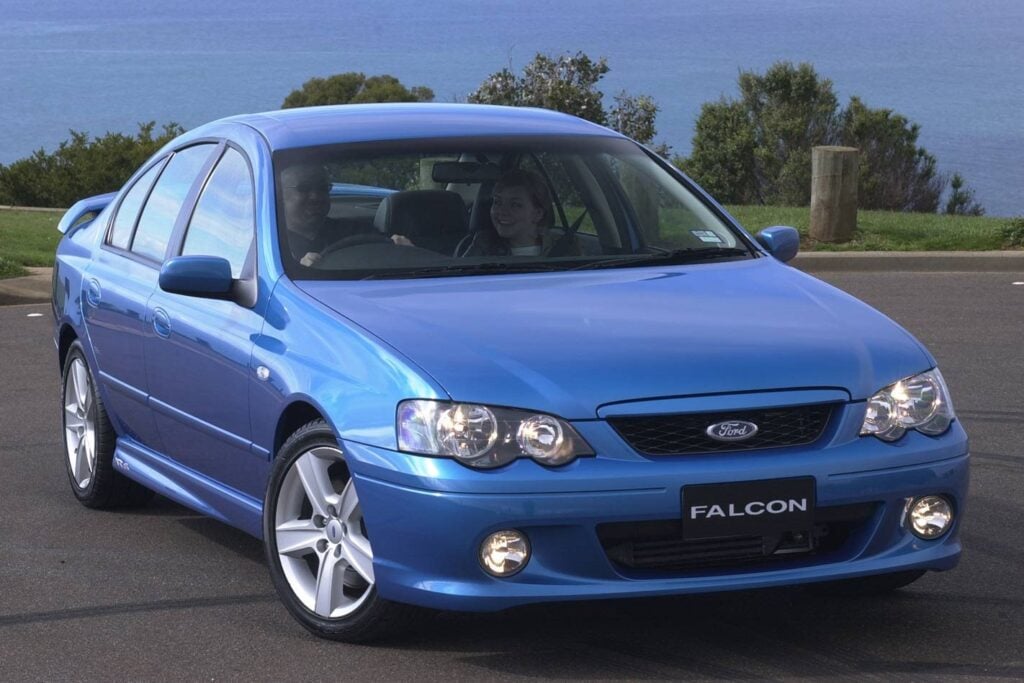We look at the wildest turbocharged racers from four different categories and delve into the tech that made them so fast and fearsome.
OPEN WHEEL
BENETTON B186
It’s easiest to think of the BMW M12/13 engine that’s nestled between the axles of the Benetton B186 as Formula 1’s version of The Mountain; the Icelandic weightlifter who made a habit of crushing people’s heads on Game of Thrones. Even now, 34 years after blasting onto the grid, this engine is unmatched in terms of outright power.

Designed by BMW engineer Paul Rosche, the 1.5-litre four-cylinder unit revved to 11,500rpm and was subjected to such incredible internal forces that it was built around used road-car engine blocks that had travelled more than 100,000km. The thinking was that if the blocks were going to break, they’d have done so already. “The car was like a bomb,” Gerhard Berger said of the B186 – the only driver to successfully tame the beast. “You’d open the throttle at the entry to the corner only to get the power at the exit. And if you missed it by five or 10 metres, there was nothing you could do – you just spun it. The lag was about one or two seconds.”
A single run in qualifying trim, which wound the boost up to 80psi, was enough to totally destroy the gearbox. Power outputs were estimated to be 1118kW, though we don’t know for sure as BMW’s dyno couldn’t measure anything above 954kW. Central to the B186’s grunt was its fuel; a potent mix made mostly from pure toluene, a key ingredient in paint thinner, and cost US$300 a litre in 1986. Allow for inflation and that’s US$701 today!

Built in secrecy by Penske for the 1994 Indy 500, this modified chassis debuted a new engine dubbed ‘Beast’. The 3.4L Merc pushrod V8 made 745kW+, due to a rulebook loophole that allowed an extra 4.9psi of boost. Al Unser Jr took pole with an avg speed of 367km/h, though the Beast was banned after just one race.
RENAULT RS01

Renault’s EF1 engine broke new ground in F1, bringing boost to the world’s biggest stage for the first time. However, the 1.5-litre V6 was notoriously unreliable, and suffered six DNFs before it finished a race. Despite pioneering the tech, a turbocharged Renault engine has never won the F1 championship.
TOURING CARS
FORD SIERRA RS500
Of all the Ford Sierra RS500s in the world, none were as fast as the six Shell-liveried hatches that rolled out of Dick Johnson Racing’s small Acacia Ridge workshop in the late 1980s/early ‘90s.

Powered by a 1993cc 16-valve four-cylinder Cosworth, these racers didn’t so much have a power curve, as they did power cliff. Think the Ferrari F40 has sledgehammer power delivery? Try driving one of these. Off boost, just 67kW worth of grunt was available to the driver. Once fully spooled, however, and all 34psi was being pumped into the engine, 507kW was sent to the rear treads. In a car weighing 1100kg. According to Johnson, the transition was “like a light switch.” If that sounds exciting, imagine piloting one of these grenades around Bathurst, in the rain…
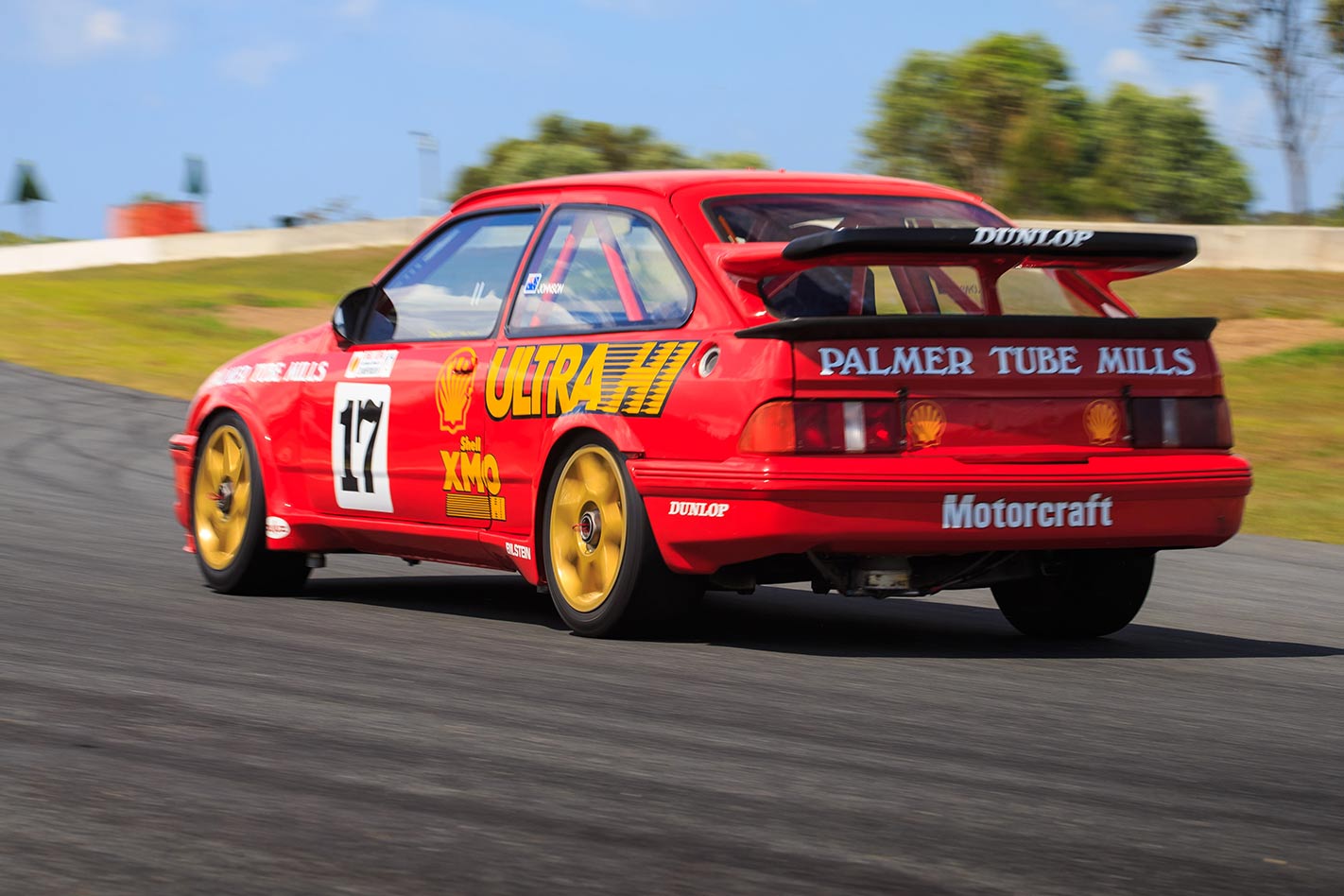
Aside from their huge power, DJR’s Sierras had a few other home-brew improvements that kept them ahead of the pack. Created alongside DJR team manager Neal Lowe and with the help of Harrop Engineering, they included using a modified Ford nine-inch rear differential and replacing the Getrag ‘box with a Hollinger unit. Still, part longevity was not a Sierra strength. Turbos needed replacing at a prodigious rate. Even lesser-powered Sierras were a handful. Glen Seton says driving his RS500 was like “having a Mini Minor with a jet powered engine in the back”.
THE TURBO HOLDEN

Hang on, Holden never raced a turbocharged car in Supercars, did it? Well, it almost did. A Cadillac-based 3.8-litre twin-turbo V6 was being developed for the 2019 season by Triple Eight, even going as far as running a test car at Bathurst before the project was axed due to high costs. Oh, what could have been…
NISSAN 910 BLUEBIRD
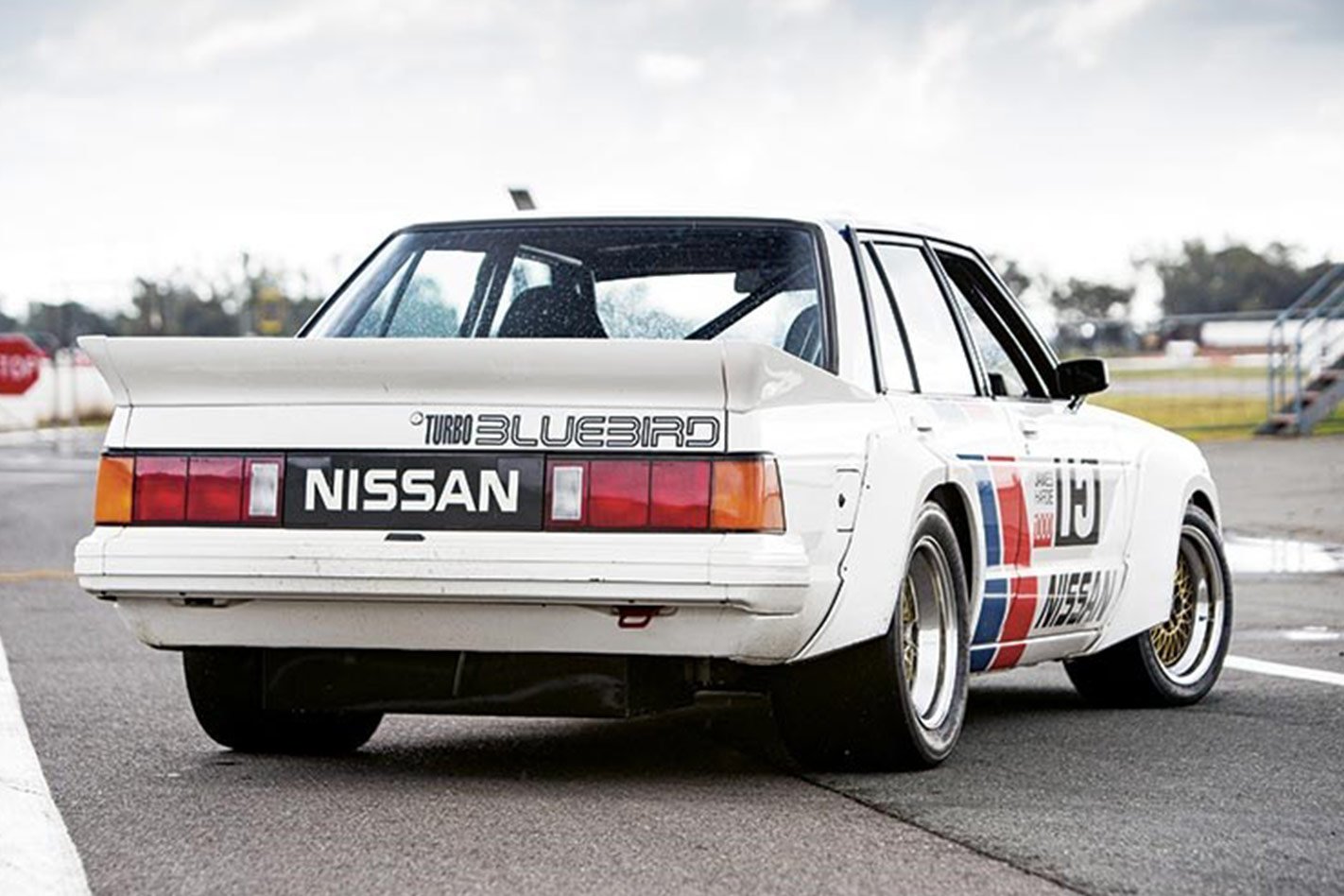
This four cylinder Nissan is the fastest Group C touring car ever to grace Australian race tracks. Powered by a 1.8-litre with 223kW, the Bluebird’s 1984 Bathurst pole time of 2:13.850 (driven by George Fury) took six years to be eclipsed. It was the first time a touring car averaged above 100mph at Bathurst.
SPORTS CARS
PORSCHE 917/30
Racing car drivers always, and we mean always, want more power. Not Mark Donohue. He was definitely satisfied with the power levels of his 1973 racer. “When you can leave black marks from the exit of one corner, all the way to the entry of the next one, you know you have enough horsepower,” Donohue is famously quoted as saying of the Porsche 917/30.
Think you’d be man enough? Try digesting these numbers: 820kW from a 5.4-litre flat-12 with twin turbos in a chassis weighing 800kg. Oh, and there’s no windscreen.
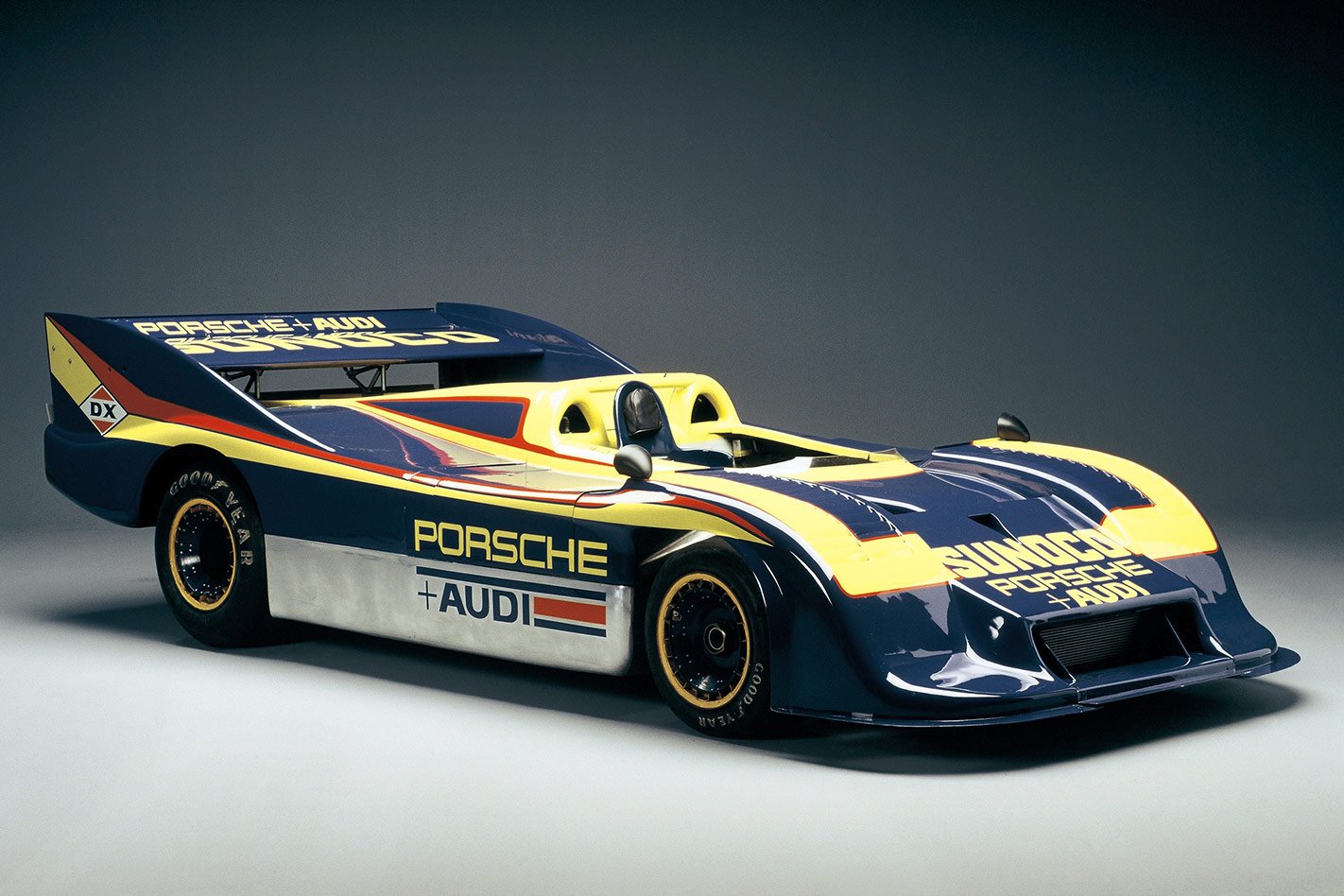
Part of the 917/30’s secret was a dial on the dash that allowed drivers like Donohue to adjust boost pressures. These usually sat around 16psi during a race, but could be wound up to 20psi if needed. Uncharacteristic longevity was another Porsche strength. Unlike most high-power turbocharged engines of the time, which chewed through components at an alarming rate, this 12-cylinder Porsche was capable of enduring 25-30 hours of running between services.
Legend also has it that once its racing duties were over, Porsche engineers strapped the 917/30 to a dyno, held the wastegates closed, and were able to produce 1103kW. In a category famous for its unhinged nature, the 917/30 was the undisputed power king.
AUDI R10
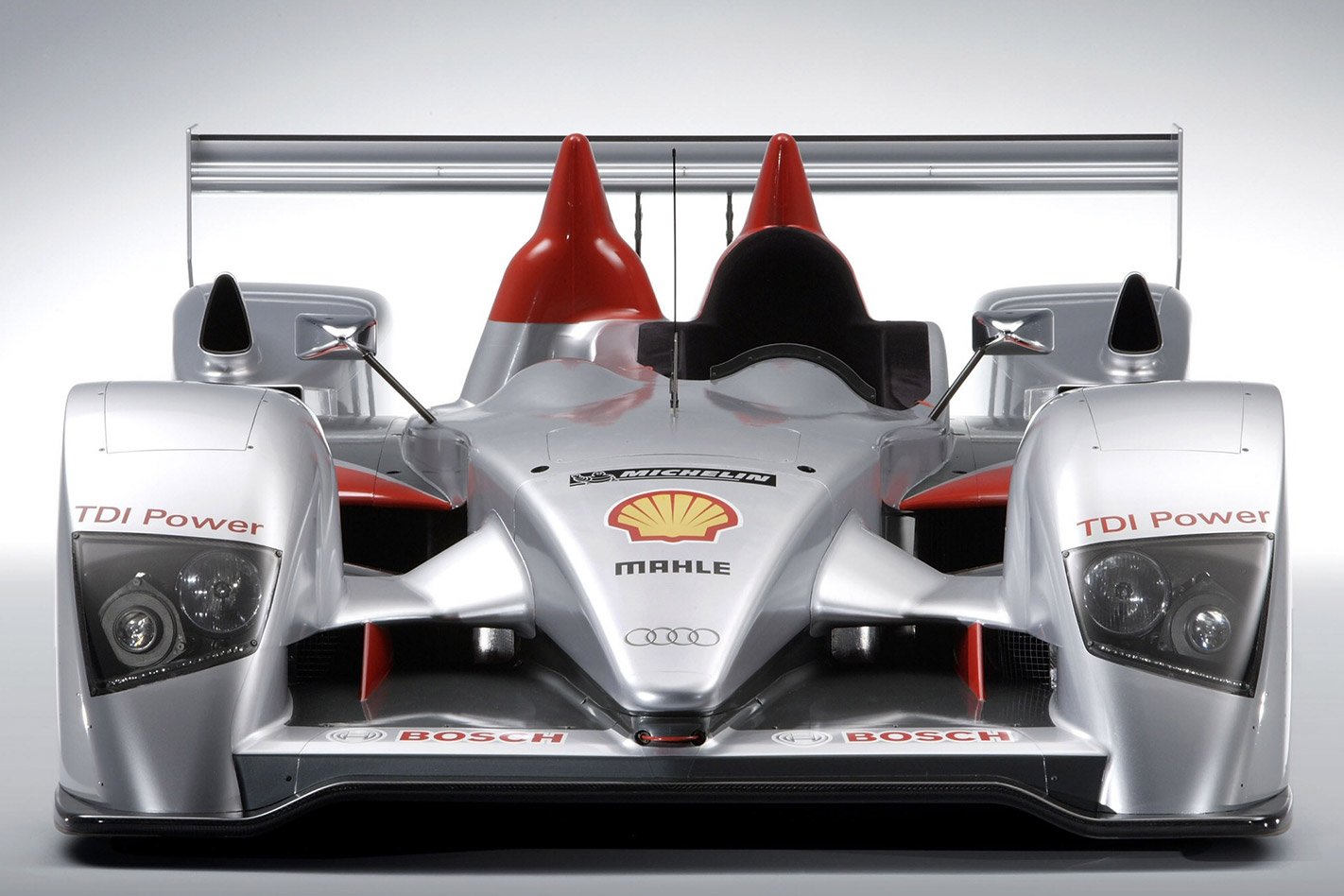
This car revolutionised modern endurance racing. Its 5.5-litre twin-turbo V12 was the first diesel-powered car to win at Le Mans. It clocked three victories between 2006-08, with its final win being the last time a V12 won Le Mans outright. Run at a cost of US$15m a year, it was Audi’s most expensive racing project ever.
NISSAN R90CK
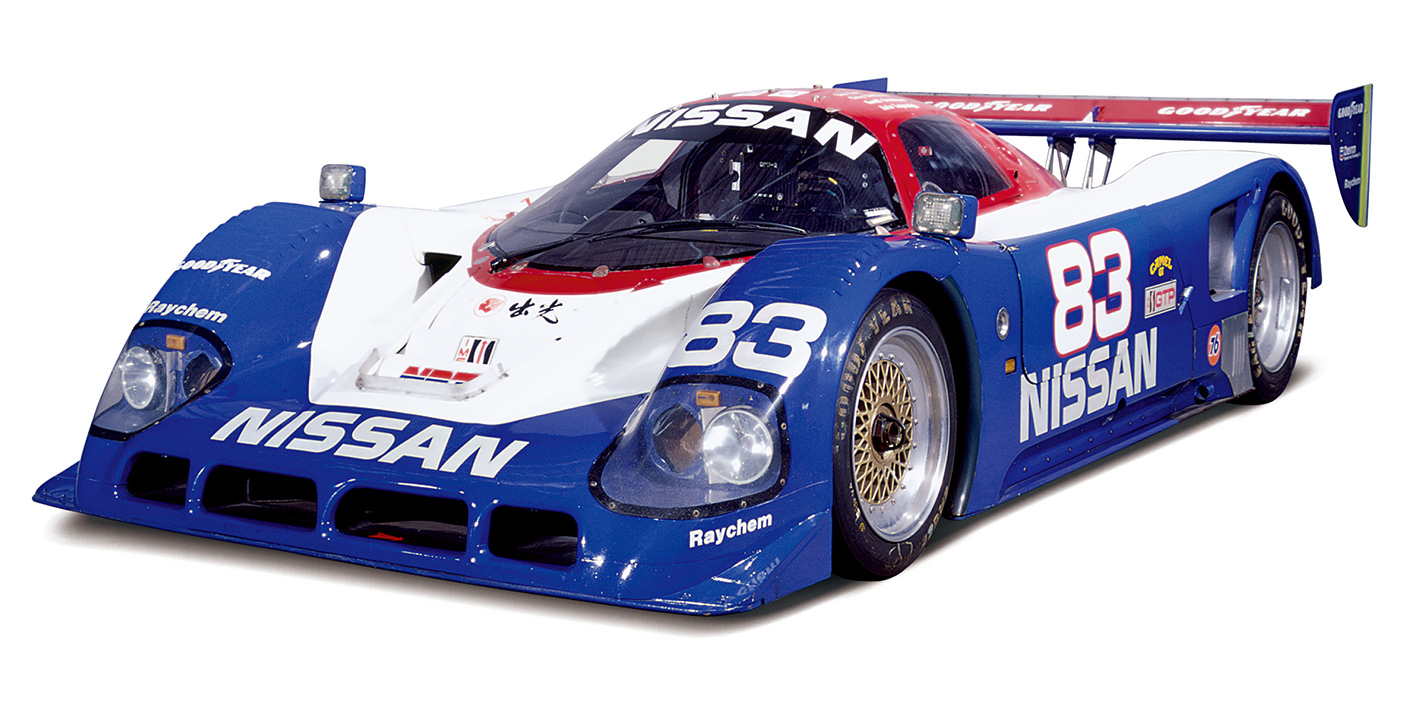
As if the regular 522kW R90CK wasn’t hardcore enough, a boost malfunction during qualifying at Le Mans in 1990 transformed the 3.5-litre twin-turbo V8 into a 745kW+ monster. Amazingly, it didn’t blow up and it tore down the freshly chicaned Mulsanne at 383km/h to grab pole by 6.0sec.
RALLY
PEUGEOT 205 T16
This little French hatch was the most successful car in Group B, but unlike the short-lived top-flight rallying regulations, the engine that powered it went on to have a successful racing career for more than a decade. Codenamed XU8T, the 1.8-litre four-cylinder that powered the 205 Group B car actually started life as an ‘XU’ diesel engine for road cars of the time. A modified head was placed atop the engine, a KKK K26 twin-scroll turbo strapped to the side, and the whole thing was transversely mounted in a custom chassis with most of the bulk behind the co-driver’s seat to allow easy access come service time.

The 205 was immediately successful, winning six-straight rallies between late ‘84 and early ‘85. A second ‘E2’ evolution of the 1775cc engine was developed, with a new Garrett T31 turbo, and a switch to an air-to-water intercooler, bringing even greater success. When the FIA scrapped the introduction of Group S, and rallying moved to Group A, Peugeot’s planned third evolution of the engine was put to work powering the 205 Pikes Peak and Dakar Rally racers. This ‘E3’ XU9T variant bumped capacity to 1905cc and power to “more than” 447kW. All up, the XU8T and XU9T claimed 16 WRC wins, two manufacturer and driver WRC titles, two Pikes Peak victories, and eight Dakar triumphs.
FORD FOCUS WRC
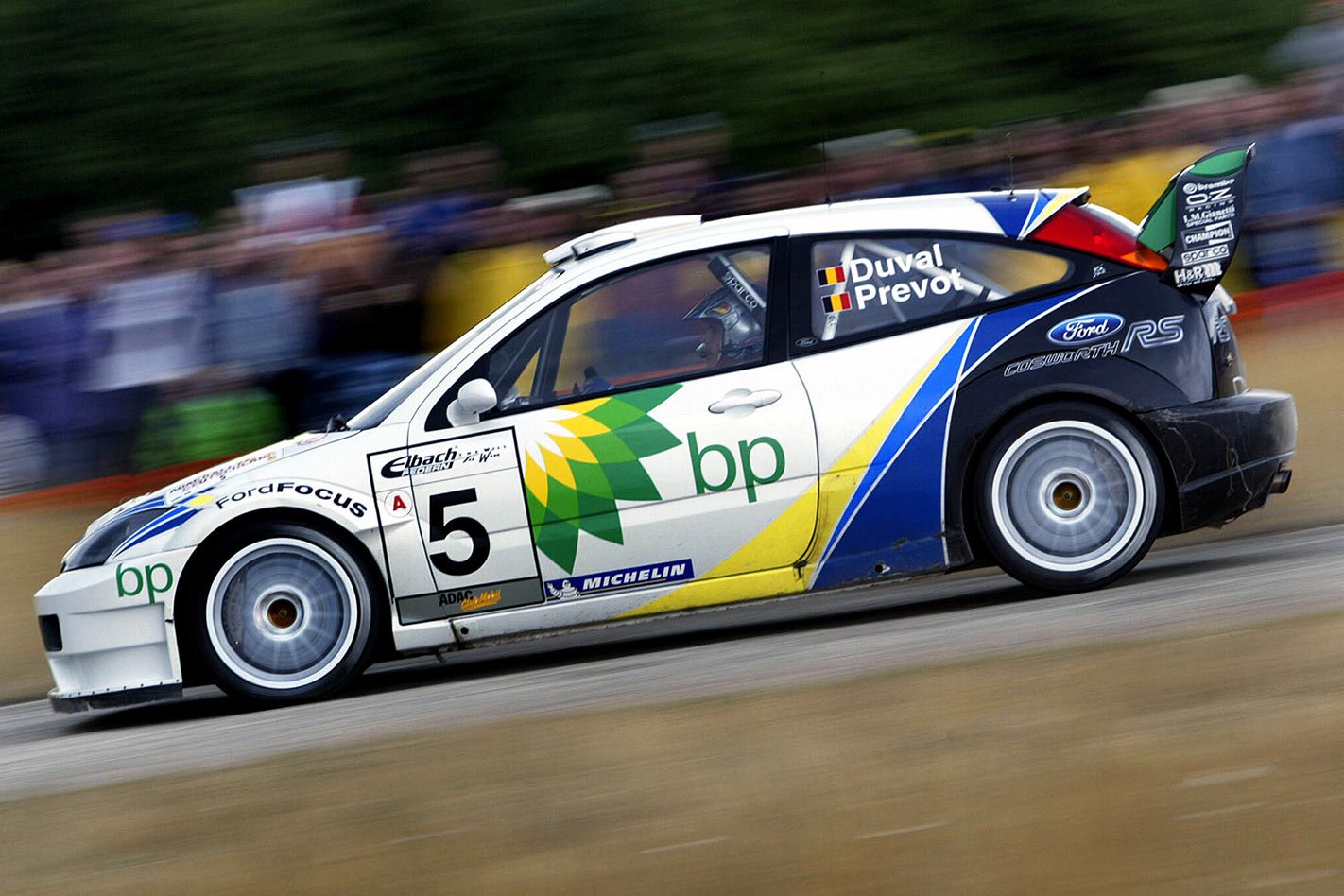
Turbos, rally and ‘clever’ rule interpretations are notorious. Take Ford’s 2003 ruse. A 45-litre titanium tank was hidden in the rear bumper, connected to the inlet manifold. It would store air harvested from the turbo off-throttle, which would be pumped back at full-throttle, bypassing the restrictor.
LANCIA ECV

Built for the doomed Group S regs, the ECV (Experimental Composite Vehicle) weighed just 930kg and produced 448kW from a clever twin-turbo 1.8-litre four-cylinder. The ‘Triflux’ engine had a unique design, with three separate manifolds and crossed valves. Sadly, it would never race. Looks mad, though.
 Turbo Titans
Turbo Titans
Everything you’ve ever wanted to know about the humble turbocharger and its miraculous power-boosting abilities.


